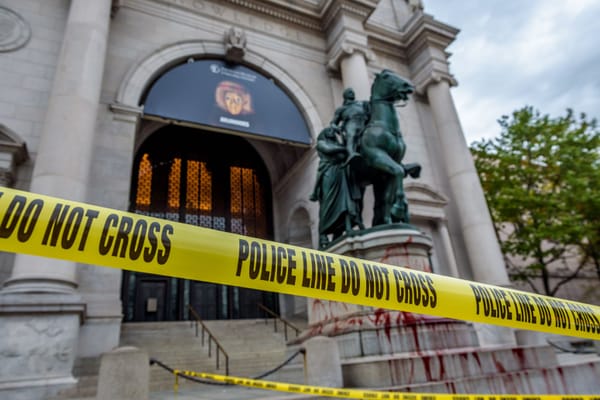The average visitor to the British Museum in Victorian London wouldn’t have known about its Secretum: a hidden repository of artifacts deemed too indecent to display under the Obscene Publications Act of 1857. The index cards for the objects—which included a Sri Lankan bronze statue of the bare-breasted goddess Tara and a Roman terracotta lamp decorated with a crocodile whose tail morphs into a human phallus on which a naked woman sits—were withdrawn from the catalog and locked in the head librarian’s desk. Only gentlemen deemed of “mature years and sound morals” could request a private viewing.
“The Secretum has returned.”
In the 1960s, the liberalization of mores allowed most of the artifacts previously sequestered in the Secretum to make it onto the shelves. But recently, in a new wave of self-abasement, museums and galleries are removing swathes of history from their display cases. Sex is no longer taboo. Instead, it is the past that is hidden away. On a scale never before imagined, the Secretum has returned.
In October 2022, after conversations with indigenous museum professionals, the Royal Ontario Museum director, Josh Basseches, felt an urgent sense of mission. Despite a major revamp in 2018, conducted in consultation with (other) indigenous professionals, which saw the withdrawal of romanticized paintings of indigenous people, the remaining displays, including dioramas with costumed mannequins, seemed inappropriate. Rather than doing what a museum would usually do—raise funds and only close a gallery when it had come up with a fresh alternative—the museum shut its First Nations gallery at once. “We ended up feeling like we wanted to move immediately on this,” Basseches explained. A sign outside reads: “We are pausing this gallery and gathering voices to more deeply reflect contemporary Indigenous perspectives and further the work of truth and reconciliation.” Currently, the museum has no permanent gallery dedicated to material from Canada open to the public.
